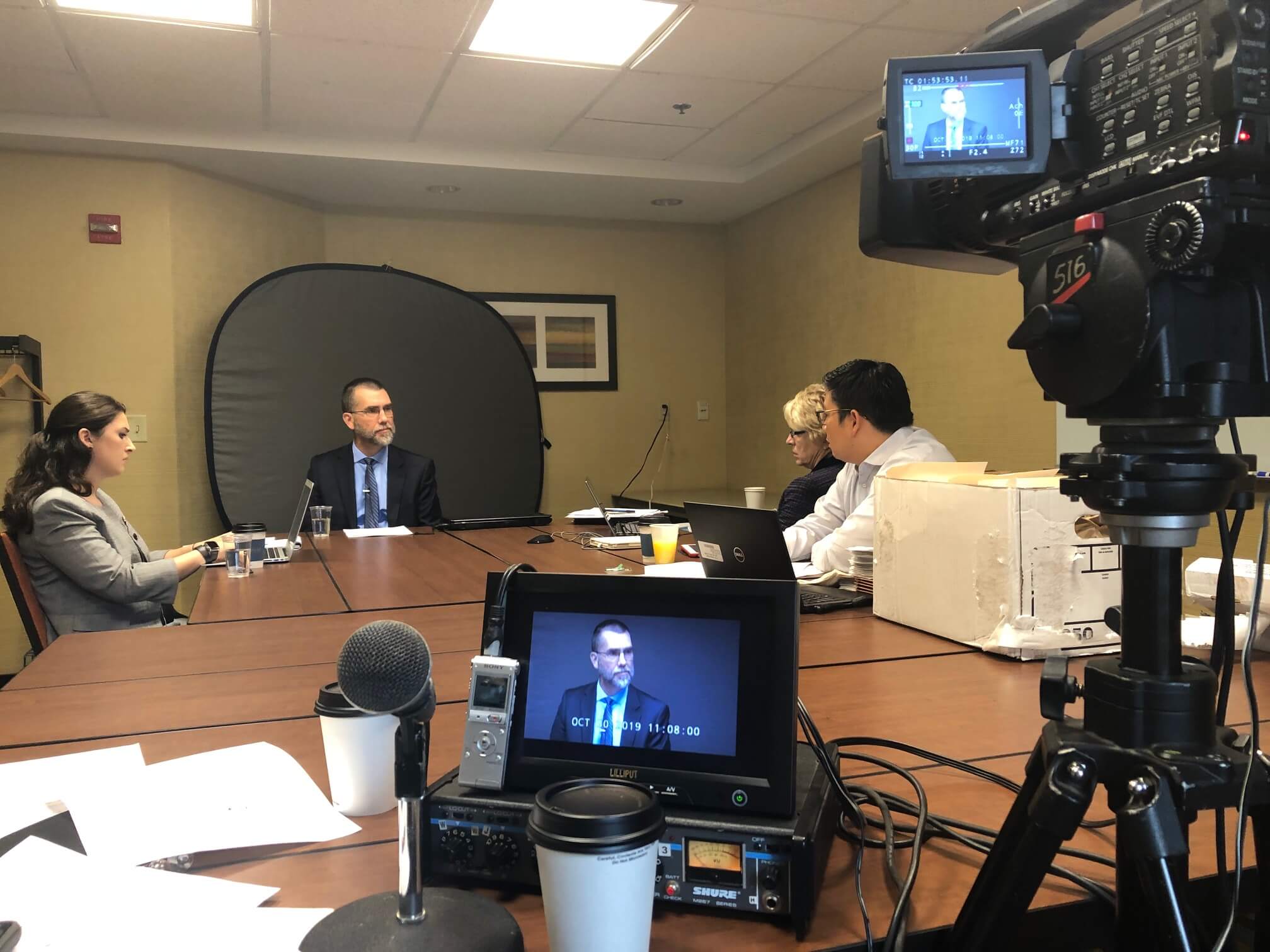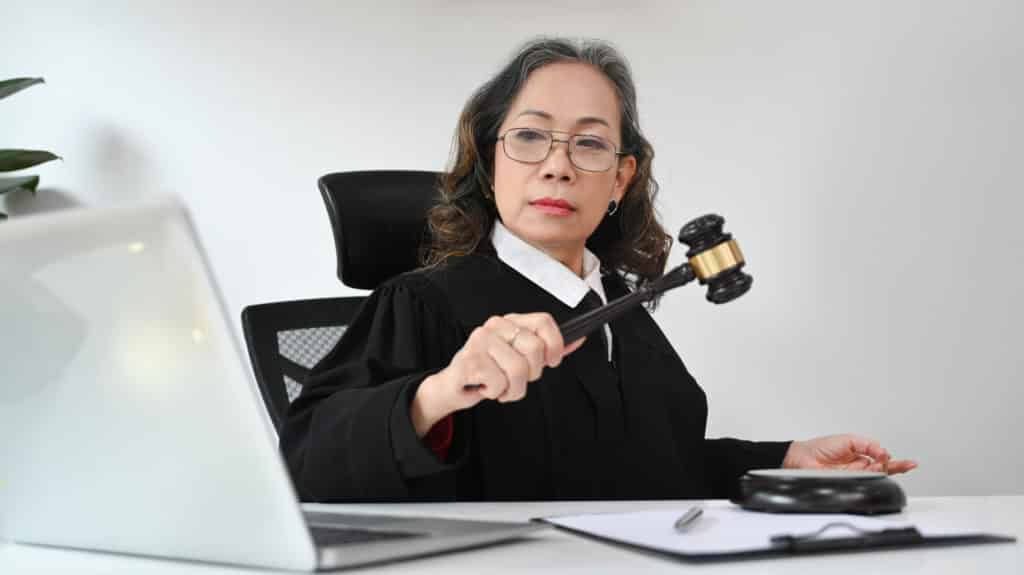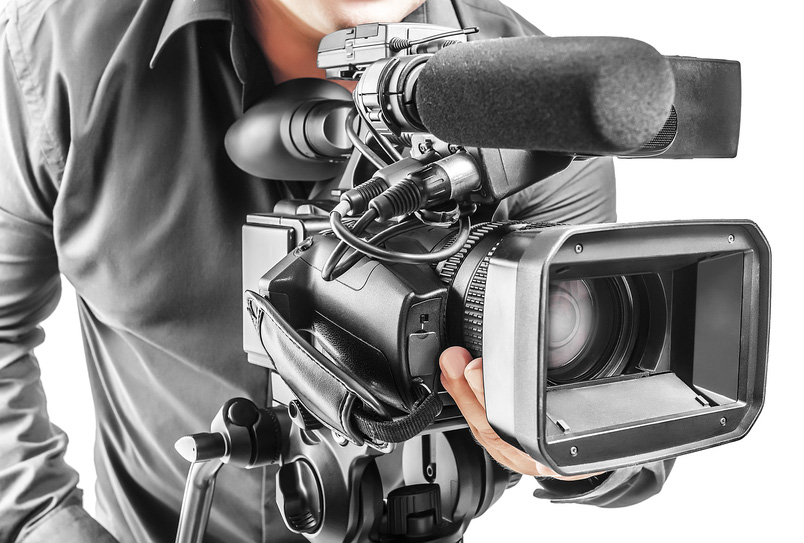Trick Elements to Consider When Employing Legal Videography Professionals
Trick Elements to Consider When Employing Legal Videography Professionals
Blog Article
Diving Into the Devices of Lawful Videography: Introduction Its Operation in Safeguarding Authentic Aesthetic Statement for Judicial Proceedings
In the world of judicial process, the duty of legal videography stands as a cornerstone in protecting and presenting visual evidence. As modern technology continues to advancement, the systems behind lawful videography have come to be progressively detailed, supplying a critical layer of authenticity to testimonies caught on video.
Historic Evolution of Lawful Videography
Checking out the historic progression of legal videography discloses a substantial change in the recording and presentation of visual evidence within the legal landscape. In the past, legal process heavily relied upon created pictures and records to document events and supply proof. Nonetheless, with the development of video modern technology, the lawful market witnessed a standard shift in how visual testament was recorded and offered.
The evolution of lawful videography can be traced back to the late 20th century when improvements in video recording equipment made it much more easily accessible for use in court rooms. This technological development not just enhanced the accuracy and dependability of visual evidence but also revolutionized the means situations were offered to discretionary (Legal Videography). Lawyers started to identify the convincing power of video clip recordings in conveying feelings, nuances, and non-verbal cues that written records or photographs alone can not capture effectively

Modern Technology Developments in Video Paperwork
What key technical developments have changed video paperwork in the legal field? The lawful area has actually seen considerable innovations in video clip documents innovation that have improved the authenticity and reliability of aesthetic evidence in judicial procedures.
Moreover, improvements in video encryption and watermarking technologies have reinforced the security and tamper-proof nature of video clip proof, guarding it against unapproved modifications or meddling. Furthermore, the arrival of cloud storage space solutions and remote gain access to abilities has structured the storage space, retrieval, and sharing of video clip proof, facilitating seamless collaboration among lawful specialists and ensuring effective access to essential aesthetic testimonies when needed. These technical developments in video clip documentation have most certainly reinvented the legal field, boosting the precision, credibility, and admissibility of visual proof in judicial process.
Function of Lawful Videographers in Courtroom Setups
The evolution of video clip documents innovation in the lawful area has actually required a critical function for legal videographers in court setups, ensuring the honesty and reliability of visual testimonies provided throughout judicial process. Lawful videographers play an essential role in capturing and maintaining precise aesthetic evidence that can be critical in court try this website situations. Their obligation reaches establishing up devices, taping process, and creating high-quality video clips that properly mirror the occasions in the courtroom.
Furthermore, legal videographers commonly work very closely with lawful groups to make certain that the video clip evidence straightens with the instance's requirements and can be effectively offered in court to support the legal disagreements being made. Overall, the duty of lawful videographers in court room settings is essential in supporting the principles of justice and making certain the transparency of legal proceedings. Legal Videography.

Ensuring Admissibility and Integrity of Video Proof
To preserve the trustworthiness of visual evidence presented in lawful process, guaranteeing the admissibility and honesty of video clip evidence is a vital duty for legal videographers. Admissibility refers to the acceptance of proof by the court, and for video proof to be permissible, it must satisfy specific standards. Legal videographers play a critical role in guaranteeing that the video clips they record adhere to the policies of proof, such as importance, credibility, and reliability.
Integrity of video proof involves preserving the originality and accuracy of the footage from the time it is videotaped until it exists in court. This includes firmly saving the video clip files, recording the chain of safekeeping, and avoiding any tampering or alterations. Legal videographers have to stick to stringent methods to ensure the integrity of the video clip proof and stop any type of challenges to its authenticity.
Future Trends in Legal Videography
Given the raising dependence on innovation in legal procedures, legal videographers are positioned to accept innovative advancements shaping the future of aesthetic statement capture visit our website and presentation. Among the popular patterns imminent is the assimilation of online truth (VR) and increased reality (AR) modern technologies right into legal videography. These modern technologies have the prospective to transform how aesthetic evidence is offered in courts, permitting courts and judges to submerse themselves in the scene of the criminal offense or incident.
In addition, making use of artificial knowledge (AI) Home Page formulas for video evaluation is expected to streamline the procedure of reviewing and examining large amounts of video footage. AI can aid in identifying crucial moments, anomalies, and patterns within videos, enhancing the effectiveness of lawful investigations.

Verdict
To conclude, lawful videography has played a vital function in providing authentic aesthetic evidence for judicial process. With technical improvements and the expertise of legal videographers, the honesty and admissibility of video proof are ensured in court setups. As lawful videography continues to evolve, it will be necessary to promote requirements that maintain the precision and reliability of visual testament for the future of legal proceedings.
Analyzing the historic progression of legal videography discloses a significant improvement in the catching and presentation of visual evidence within the legal landscape.The advancement of video clip documents technology in the legal area has actually required a crucial function for legal videographers in court setups, ensuring the honesty and integrity of visual testimonies provided during judicial proceedings. Furthermore, lawful videographers often work carefully with lawful teams to guarantee that the video evidence lines up with the situation's requirements and can be successfully provided in court to support the legal disagreements being made.To maintain the trustworthiness of aesthetic evidence presented in lawful proceedings, ensuring the admissibility and honesty of video clip proof is a critical responsibility for lawful videographers. As lawful videography continues to develop, it will certainly be necessary to promote requirements that preserve the precision and reliability of visual testimony for the future of legal proceedings.
Report this page